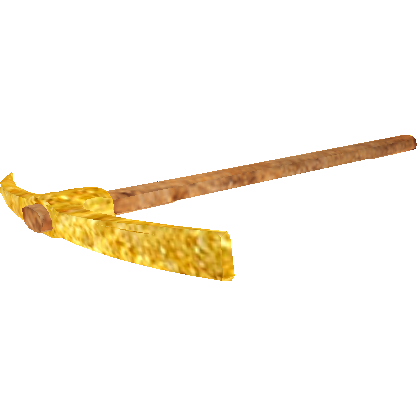

The main building block of the counter is shown in Figure 2.įIGURE 2.

In my design, all critical timing functions are moved from the PIC to the 74F579 counters. This version differs from popular designs that use the PIC internal components to do the gating and counting functions. It’s based on a 28-pin PIC16F886 and the 74F579 IC - a synchronous eight-bit binary counter with three state outputs that can operate at up to 85 MHz.
#0 INPUT DELAY PICKAXE LIST SOFTWARE#
Software in the PIC microcontroller automatically chooses which type measurement (frequency or period) is best.įigure 1 shows the major components of my frequency counter design.įIGURE 1. In this case, a ‘P’ in line 2 indicates that a direct period type measurement was used. This counter divides the 10 MHz by 2^20 (1,048,576), giving 9.536743 Hz - exactly what the display reads. Here, I set up an external 20-stage binary counter using the 10 MHz as its input. The bottom display output is the most interesting. The ‘F’ indicates that the reading was made by a direct frequency measurement.įor the center display output, I multiplied the 10 MHz by six and made a direct frequency measurement of the 60 MHz signal. At the top of Photo 1 is the frequency measured when the input signal is the 10 MHz reference (line 1) and its period (line 2). The frequency counter described here has the performance shown in Photo 1.Īll measurements use a one second gate time. A period measurement operation (with seven-digit accuracy) is discussed under the software section of this article. The roles of the gate counter and input counter are swapped. To get high accuracy for lower input frequencies, the counter itself or the user must switch to a period measurement. However, with a 1,000 Hz input, the counter would reach only 1,000. For example, with a one second gate and an input frequency of 10 MHz, the counter will get 10,000,000 clock pulses for a 7/8 digit accuracy. This configuration works well if the input frequency is equal to or greater than the 10 MHz reference. 1 to 10 second range a counter chain that counts input clock pulses under control of the gate and a control unit.įor example, if the gate time is set to one second and the input signal is 5 MHz, then the counter chain will accumulate five million input pulses in the one second interval - the exact input frequency.Ī binary counter driven by an accurate time reference oscillator (often a 10 MHz oscillator) is usually used to get a precise one second gate interval by opening the gate for exactly 10,000,000 pulses from the reference oscillator.

#0 INPUT DELAY PICKAXE LIST GENERATOR#
00001 Hz using a one second measurement time (without an interpolator).įundamentally, a frequency counter has three main components: a gate signal generator that produces a very accurate gate time interval, usually in the. My design target for this project was seven digits, so a 10 MHz input signal could be accurate to 1 Hz, and a 10 Hz signal be accurate to.

001 Hz! Counters of this type use advanced circuits called interpolators that correct the ☑ count tolerance normally stated in spec sheets. The 53131 displays up to 10/11 digits of frequency that translates to reading a 10 MHz signal to. For example, I borrowed an Agilent 53131 counter to test the design of this project. They have evolved to remarkable levels of accuracy that are several orders of magnitude higher than most hobbyists could ever use. Frequency counters have been around for many years as a standard piece of test equipment in both commercial and hobby labs.


 0 kommentar(er)
0 kommentar(er)
